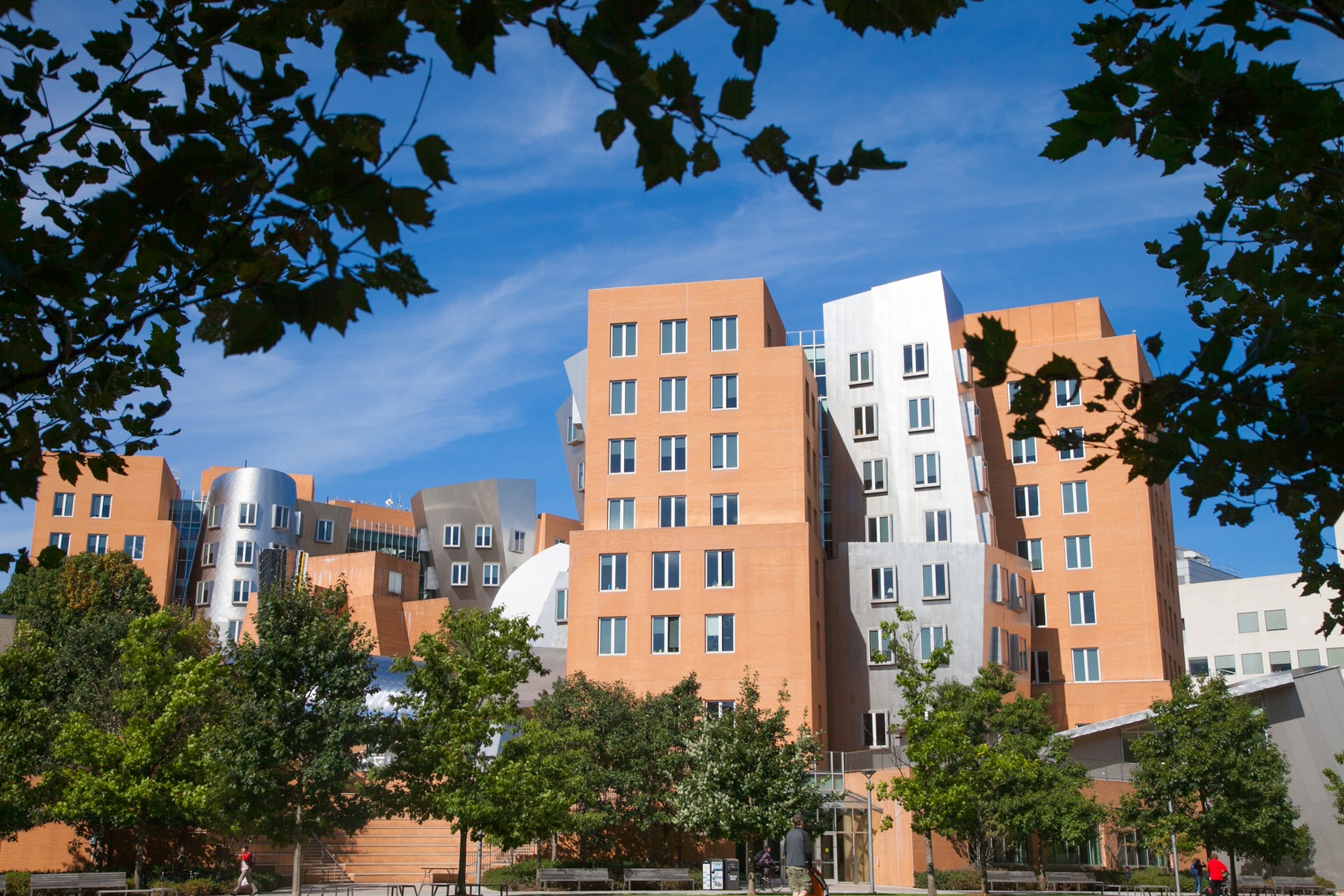Written By: Audrey Woods
In 1965, engineer and businessman Gordon Moore observed a trend that would go on to define the unprecedented technological explosion we’ve experienced over the past fifty years. Noting that the number of transistors in an integrated circuit doubles about every two years, Moore laid out his eponymous law, which has since become the engine behind the growing computer science industry, making everything we now enjoy—cellphones, high-resolution digital imagery, household robots, computer animation, etc.—possible.
However, Moore’s Law was never meant to last forever. Transistors can only get so small and, eventually, the more permanent laws of physics get in the way. Already transistors can be measured on an atomic scale, with the smallest ones commercially available only 3 nanometers wide, barely wider than a strand of human DNA (2.5nm). While there’s still room to make them smaller (in 2021, IBM announced the successful creation of 2-nanometer chips), such progress has become prohibitively expensive and slow, putting reliable gains into question. And there’s still the physical limitation in that wires can’t be thinner than atoms, at least not with our current understanding of material physics.
THE REALITY: MOORE’S LAW IS OVER
If you ask MIT Professor Charles Leiserson, Moore’s Law has been over since at least 2016. In conversation with CSAIL Alliances, he points out that it took Intel five years to go from 14-nanometer technology (2014) to 10-nanometer technology (2019), rather than the two years Moore’s Law would predict. Although miniaturization is still happening, the Moore’s Law standard of doubling the components on a semiconductor chip every two years has been broken. The implications are far-reaching and, Professor Leiserson admits, concerning, especially with the recent frenzy around generative AI and large language models (LLMs). He says, “the only way to get more computing capacity today is to build bigger, more energy-consuming machines. If we’re in an AI arms race with our adversaries, it could have a dramatically bad impact on climate.”
Does this mean that the pace of progress we’ve all grown accustomed to will slow down? Or are there ways to continue enjoying the technological gains of the past half-century? Together with CSAIL Research Scientist Neil Thompson, MIT Professor of the Practice Joel Emer, MIT Adjunct Professor Butler Lampson, Research Scientist Tao B. Schardl, and other MIT scholars, Professor Leiserson released a paper in 2020 titled “There’s plenty of room at the Top: What will drive computer performance after Moore’s law?” This publication put forward several ideas of how improvement in computer performance can be found at the “top” of the computing stack rather than at the transistor level. What they concluded was that there are still significant gains to be had through software performance engineering, proposing solutions in software, algorithms, and hardware architecture that make systems more efficient and therefore faster.
One problem, the authors explain, is that programmers have grown accustomed to consistent improvement in performance being a given, which has led to practices that valued productivity over performance. This might mean using code that worked for one problem on a different problem where it’s less efficient, or applying simple code because it’s easier to write than more complicated but faster options. In their paper, the authors were able to achieve 5 orders of magnitude in speed improvements on certain applications just by optimizing coding methods. Although most applications can’t typically be sped up by as much, software performance engineering offers a promising solution for adding substantial computing capability, even with the diminishing returns of technological advancements. “You can think about it like retirement,” Professor Leiserson says. “While you’re earning, it may be more productive to increase your earning ability than to cut costs. When you retire and are on a fixed income, you cut costs as your only option. The post-Moore era is like retirement.”
OPTIONS & ALTERNATIVES
Transitioning to coding techniques that prioritize performance is easier said than done, though, especially when a whole generation of programmers have been trained in a Moore’s Law environment. Faster code is, unfortunately, slower to write and more complicated to conceptualize. To address this, Professor Leiserson aims to develop tools that make it easier and more enjoyable to write efficient code. One such tool is OpenCilk, a platform for task-parallel programming that Dr. Schardl has led the development of, which facilitates parallel coding and incorporates software productivity tools for correctness, scalability, and performance. As leaders of the Supertech Research Group, Professor Leiserson and Dr. Schardl are also exploring parallel applications, adaptive computing, cache-oblivious algorithms, productivity tools, and other methods that support scalable, high-performance computing.
Are there other innovations in the pipeline that could replace Moore’s Law? Some have hailed quantum as a potential new technology that might take off the way digital computing has. Professor Leiserson is skeptical though, since quantum computing is still such a young science and is unlikely to replace general-purpose computing anyway. Quantum computers are projected to be superior at solving problems like breaking encryption, modeling complex interactions such as protein bonding, and boosting the potential of AI and machine learning. But, at least for the foreseeable future, quantum computers are no better and, in some cases, worse than classical computers at a great many tasks that we require our computers to do every day. All this means that quantum computers are far from guaranteed to fuel a digital boom comparable to the past fifty years.
There are other “exotic technologies,” as Professor Leiserson calls them, such as 3D integration, photonic computing, carbon nanotube transistors, and neuromorphic computing, any one of which might someday emerge as a contender to replace Moore’s Law. But Professor Leiserson says, “I doubt we’ll see its like again. It is unique in history. There’s always been ample opportunity to innovate in a free society, regardless of the current state of technology. But as for getting free increases in computational capability year after year, I’m afraid that’s over. Now, we’ll have to work for our gains.”
On the bright side, he believes such scarcity will inspire more innovation and creativity. Where before developers didn’t have to think too hard about the structure of their software since “if there’s a speed problem, Moore’s Law would solve that for you in a couple of years,” now noticeable performance growth will require new tools, languages, hardware, and ways of thinking that will challenge the computer science community.
WHAT CAN BE DONE RIGHT NOW
In the short term, this means companies looking to deal with the increasing cost of computing power can start by prioritizing education and up-to-date training for their programmers, with a particular focus on eliminating silos between software, algorithms, and hardware. Dr. Thompson points out, “for tech giants like Google and Amazon, the huge scale of their data centers means that even small improvements in software performance can result in large financial returns.” Understanding new tools like OpenCilk, applying methods such as parallel computing, and paying attention to efficiency techniques coming out of research institutions like MIT CSAIL can help those looking to prolong the upward trend of progress.
Dr. Thompson has also raised awareness about the need for massive public investment in successor technologies such as the CHIPS Act, which he says was an “incredibly important place to start.” With the U.S. losing its historic lead in advanced computing, it’s important for our leaders to look ahead and support research, startups, and growth in new technological sectors. While there’s no guarantee that such investments will pay off, one thing’s certain: society will only need more computing power going forward. As our digital tools become more interconnected, integrated, and intelligent, it will be increasingly necessary to squeeze everything we can out of the technology we have. Which means that while Moore’s Law might be over, research in this space is just getting started.
To learn more about the work happening at CSAIL in this area, visit our website at https://cap.csail.mit.edu/ or contact Lori Glover at lglover@mit.edu.


